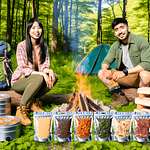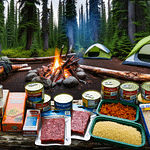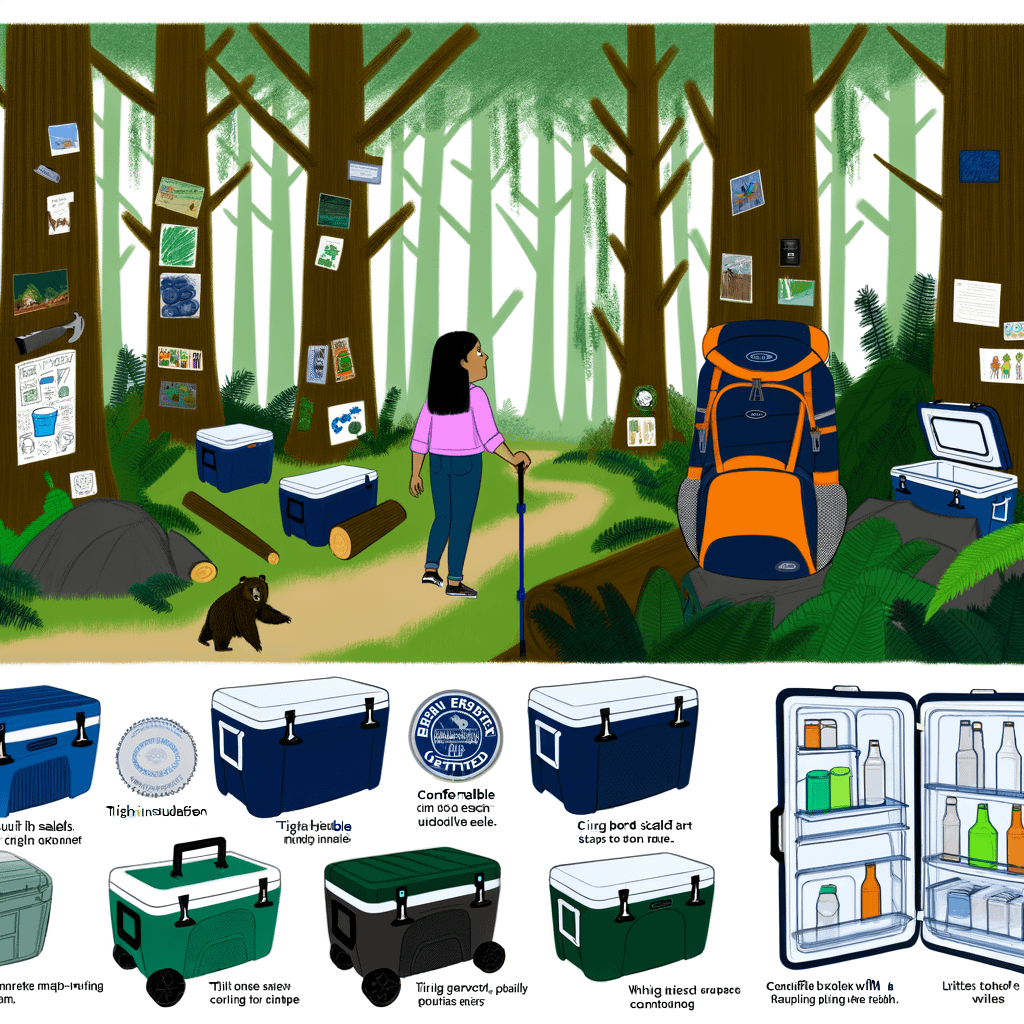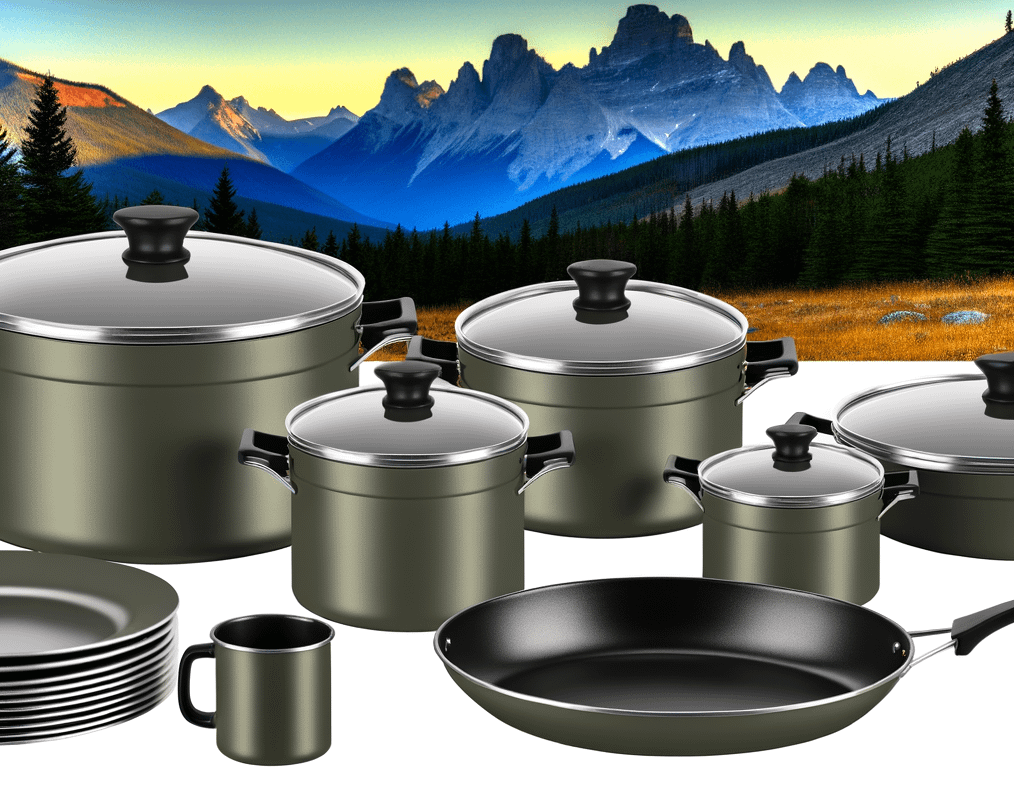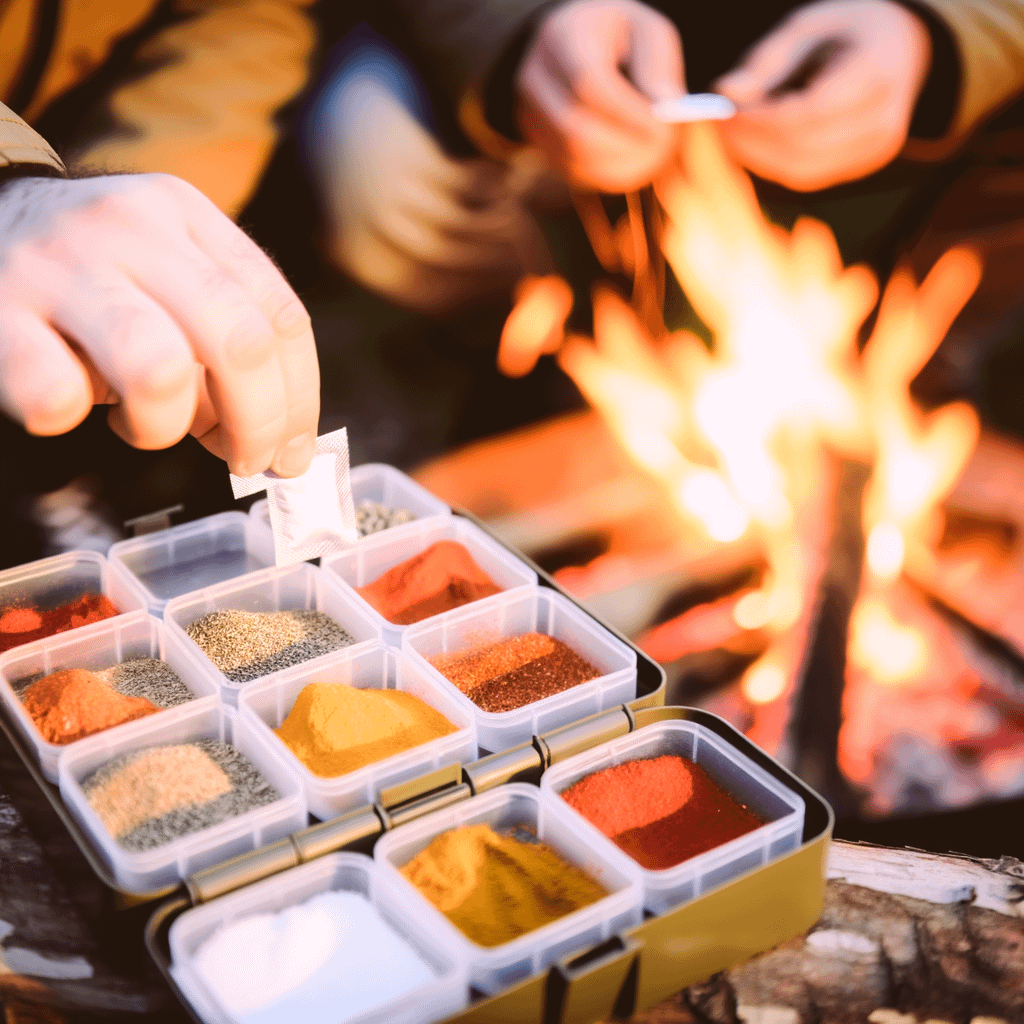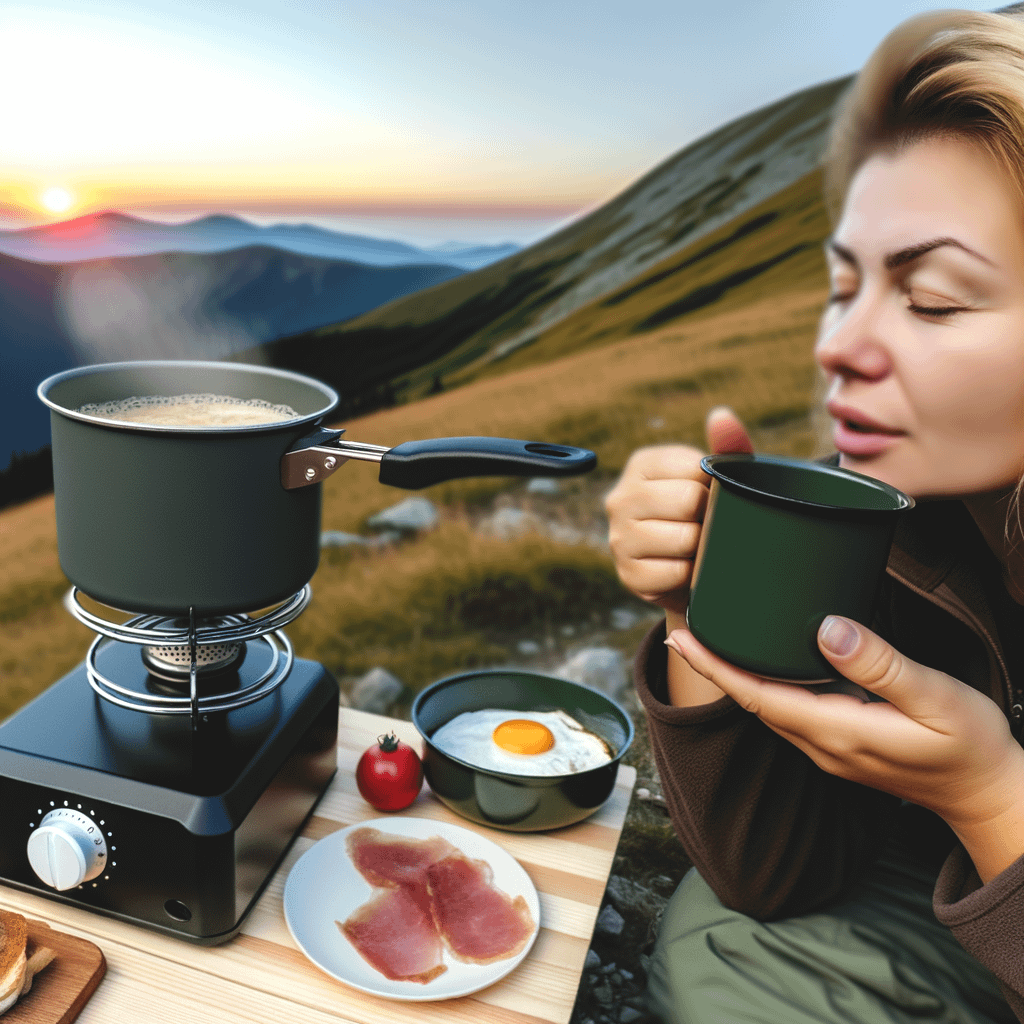7-Day Camping Meal Plan That Requires Minimal Preparation
7-Day Camping Meal Plan That Requires Minimal Preparation
Imagine enjoying the great outdoors without stressing over complicated meals. Whether you’re a camping novice or a seasoned adventurer, cooking in the wild shouldn’t feel like a chore. This 7-day minimal-prep camping meal plan is your shortcut to delicious and effortless eats — no gourmet skills needed.
Why Keep Camping Meals Simple?
Campsite cooking can quickly become overwhelming without a solid plan. Limited gear, unpredictable weather, and less-than-ideal prep space make it essential to keep things easy. This meal plan is tailored for families with kids, solo backpackers, and beginners who want nourishing meals without the fuss.
In this guide, you’ll find seven days’ worth of easy breakfast, lunch, and dinner ideas that require minimal prep and cooking effort. Plus, essential tips, pantry staples, and cleanup hacks to help you spend more time exploring and less time worrying about what’s for dinner.
Tips for Easy Camping Meal Prep
Choose the Right Gear
Start with the essentials: a reliable cooler, a portable stove or camping grill, a compact pot and pan, and reusable utensils. Don’t forget a good cutting board, a sharp knife, and food-safe storage containers. Look for multi-purpose gear that’s lightweight and easy to clean.
Prep at Home, Save Time at Camp
Advance prep is your best friend. Chop veggies, cook some proteins, and assemble any snacks or wraps beforehand. You’ll thank yourself later when you’re tired from hiking and just want to eat.
Pack Smart and Store Wisely
Use clear containers and label them by day for efficiency. Store items in your cooler in order of use in your cooler with ice packs and insulation. Keep dry goods in a separate sealed bin to stay organized and bug-free.
Food Safety is Key
“Keep cold food at or below 40°F to avoid spoilage and prevent foodborne illness,” says the U.S. Department of Agriculture. Use a food thermometer when in doubt, and never leave perishable items out for more than two hours (less if it’s hot outside).
Essential Ingredients & Pantry Staples
Non-Perishable Must-Haves
Canned goods like beans, tuna, chicken, corn, and broth are camping gold. Add shelf-stable tortillas, crackers, peanut butter, and pasta to your list.
Pre-Cooked & Packaged Convenience
Bring pre-cooked rice, vacuum-sealed proteins, jarred sauces, and single-serving snack packs. These items cut out cooking time and reduce mess.
Fresh Foods That Last
Choose fruits and veggies with a long shelf life — think apples, carrots, bell peppers, and cherry tomatoes. Hard cheeses and cured meats also last longer without refrigeration.
Spices & Condiments
Bring a small spice kit – salt, pepper, garlic powder, chili flakes, and your favorite seasoning blends. Mini bottles of oil, mustard, and hot sauce go a long way toward flavoring bland meals.
7-Day Minimal-Prep Camping Meal Plan
Day 1
- Breakfast: Overnight oats with dried fruit, pre-mixed in a jar at home.
- Lunch: Turkey wraps with pre-sliced veggies and hummus.
- Dinner: Foil packet chicken and veggies cooked over the fire or grill.
Day 2
- Breakfast: Egg muffins baked at home with veggies and cheese.
- Lunch: Tuna salad served with crackers or sandwich bread.
- Dinner: One-pot chili using canned beans, ground beef, and pre-cut onions.
Day 3
- Breakfast: Granola with powdered milk or shelf-stable milk carton.
- Lunch: Veggie pita pockets with hummus and fresh carrot sticks.
- Dinner: Grilled sausages with instant mashed potatoes – easy comfort food.
Day 4
- Breakfast: Breakfast bars and a banana or apple.
- Lunch: Chicken salad sandwiches made with canned chicken and mayo packets.
- Dinner: Boiled tortellini tossed with jarred pesto and cherry tomatoes.
Day 5
- Breakfast: Instant oatmeal mixed with trail nuts or dried cranberries.
- Lunch: Snack platter with cheese, crackers, cured meats, and fruit.
- Dinner: Campfire quesadillas with tortillas, beans, and shredded cheese.
Day 6
- Breakfast: Yogurt (if still chilled) topped with crunchy granola.
- Lunch: Cold pasta salad brought from home or mixed fresh with olives and peppers.
- Dinner: Boil-in-bag rice served with pre-cooked stir-fry vegetables and soy sauce.
Day 7
- Breakfast: Leftover wraps or snack bars.
- Lunch: Peanut butter sandwiches and sliced apples.
- Dinner: Simple soup using canned vegetables, noodles, and broth heated over the fire.
Snacks & Beverages to Keep You Fueled
Grab-and-Go Snack Ideas
Stock up on trail mix, granola bars, beef jerky, fruit leather, and roasted nuts. These are all calorie-dense and easy to carry on hikes.
Stay Hydrated
Bring reusable water bottles and jugs for backup. Hydration mixes with electrolytes are great on hot days or after strenuous activity.
Energy Boosts Mid-Hike
Dried fruits, nut butter squeeze packs, and fig bars are perfect for a midday recharge. Throw a few in your backpack before you hit the trail.
Minimal Cleanup = Maximum Relaxation
Clever Cooking Tools
Use nonstick pans for low-effort cleaning. Opt for grilling when possible to cut down dishes. Disposable foil trays can help minimize mess while cooking hearty meals like casseroles or foil packets.
Keep Campsite Waste Under Control
Bring trash bags, sealable food waste bags, and a designated bin to sort recyclables. Always follow Leave No Trace principles — pack it in, pack it out.
Eco-Friendly Cleaning
Use biodegradable dish soap and a small camp sink or basin. Wipe down dishes before washing to save water and prevent gunk buildup.
More Time-Saving Camping Meal Hacks
Assemble Simple Meal Kits at Home
Create daily meal kits in labeled zip-top bags. You’ll have everything you need in one grab-and-go bundle — plus no rummaging in the dark for salt or a spoon.
Organize Your Cooler
Group meals by day, push perishables to the bottom, and keep drinks on top for quick access. Reusable dry-ice packs help maintain chill without the sogginess of melted ice.
Cook Once, Eat Twice
Double your dinner at the start of the trip and reheat it for an easy lunch or dinner the next day. This technique is a total game-changer for long weekends or energy-saving days.
You may ask, what cooking equipment should I take camping?
Final Thoughts
This 7-day meal plan proves that tasty, satisfying camping meals don’t require lots of time, gear, or energy. With just a bit of prep and smart planning, you can enjoy stress-free outdoor dining every day.
Don’t be afraid to modify meals based on personal preferences, dietary needs, or group size. Flexibility is part of the camping charm. So, pack up, dig in, and enjoy the adventure — one delicious bite at a time.
https://campinginluxury.com/campfire-cooking-equipment-guide-what-you-actually-need/“`



